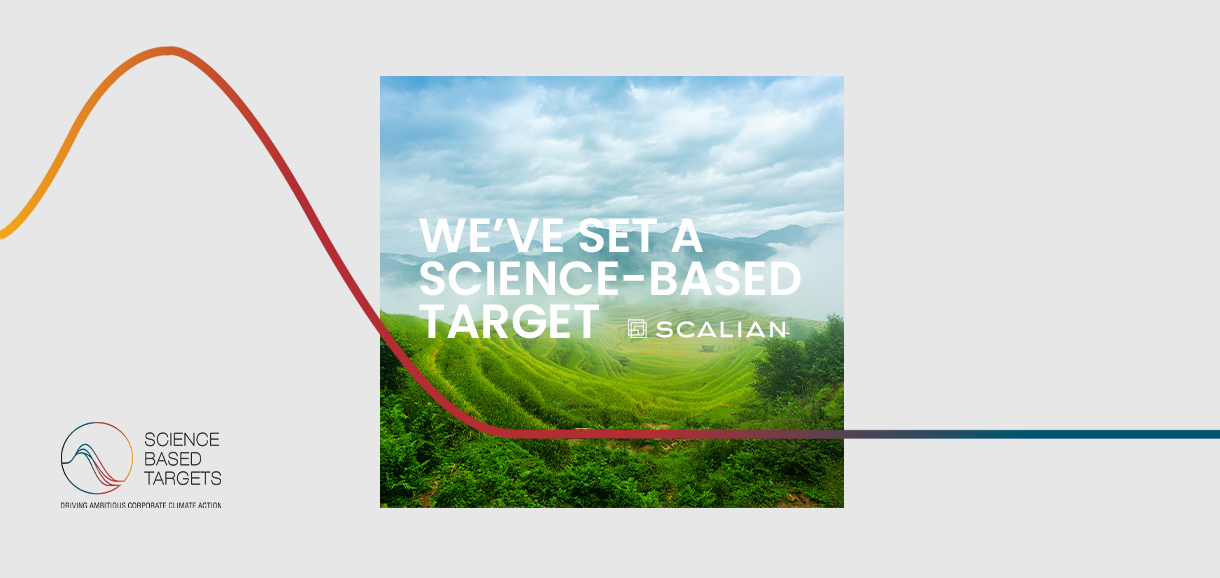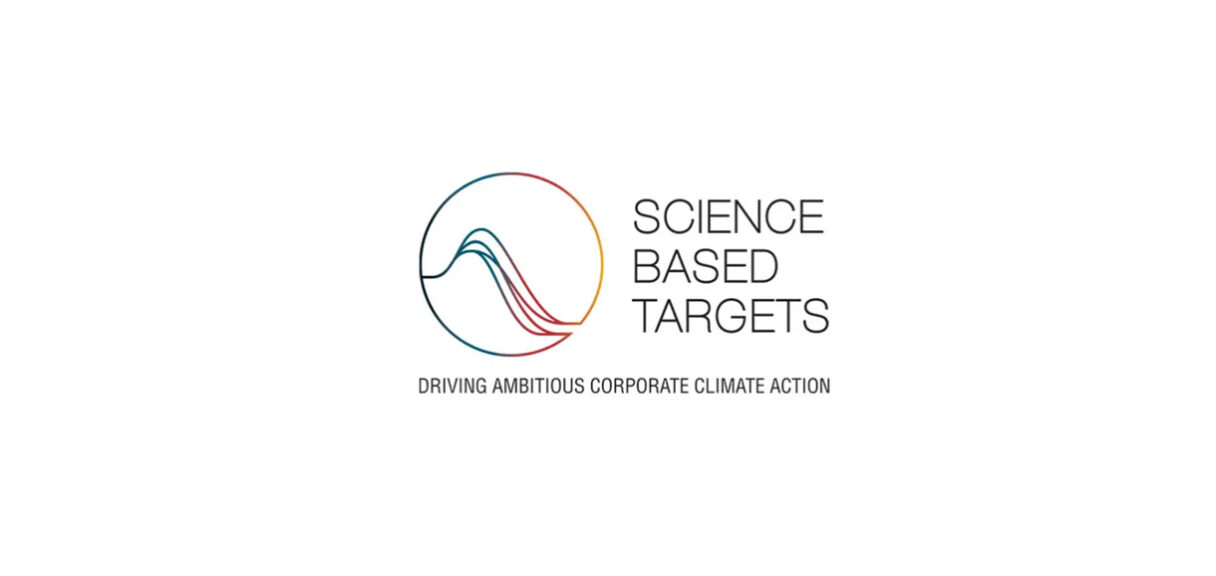We are proud to announce that the Science Based Targets initiative (SBTi) has officially approved on May 20th 2025 our near-term and net-zero science-based targets, confirming they are in line with the SBTi Net-Zero Standard. This milestone marks a significant step forward in our commitment to urgent, science-aligned climate action. According to the latest climate science—described by the UN as “code red for humanity”—it is still possible to limit global temperature rise to 1.5°C, but only with rapid and deep emissions reductions. At Scalian, we recognize our responsibility, and we need to act accordingly.
Our approved Science-Based Targets
– Near-Term Targets:
Scalian SAS commits to:
-
Reduce absolute scope 1 and 2 GHG emissions by 54.6% by 2033, from a 2023 base year.
-
Reduce scope 3 GHG emissions by 61.1% per full-time equivalent (FTE) over the same period.
– Net-Zero Targets:
Scalian SAS commits to:
-
Reach net-zero greenhouse gas emissions across our value chain by 2050.
-
Reduce absolute scope 1 and 2 GHG emissions by 90% by 2050, from a 2023 base year.
-
Reduce scope 3 GHG emissions by 97% per FTE in the same timeframe.
These targets are officially recognized by the SBTi as conforming to both the Near-Term Target Criteria and the Net-Zero Standard.
About the SBTi
The Science Based Targets initiative is a collaboration between CDP, the United Nations Global Compact, World Resources Institute (WRI), and the World Wide Fund for Nature (WWF). The initiative defines best practice in science-based target setting and independently assesses corporate climate targets against the latest climate science.

A Call to Action
At Scalian, we understand that limiting global warming to 1.5°C requires bold and immediate action. We are proud to join a growing number of companies committed to achieving net-zero before 2050, and we call on our peers, partners, and clients to do the same—align with climate science and set science-based targets.
Together, we can build a more sustainable and resilient future.



